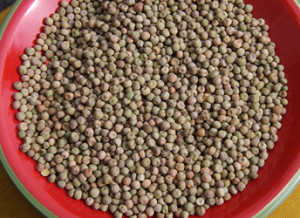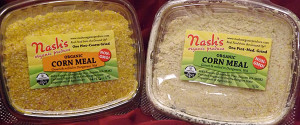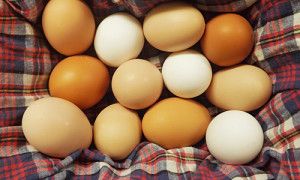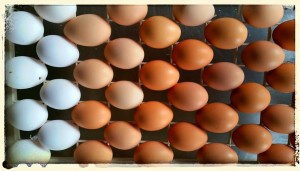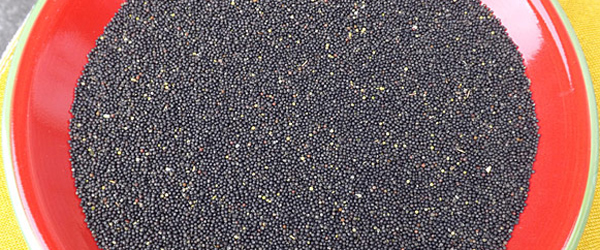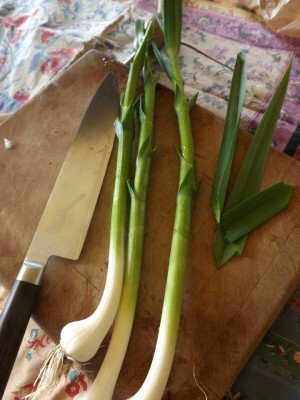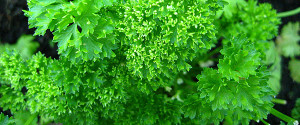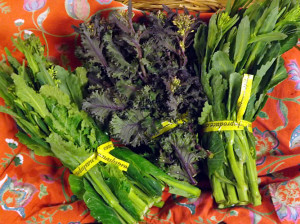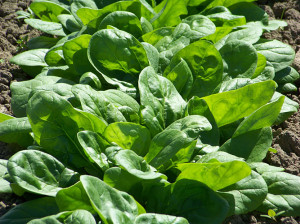 Spinach is extremely high in Vitamin K, which is an important nutrient for bone health. Vitamin K1 helps mitigate the cells that break bone down, and our intestines convert vitamin K1 to vitamin K2 which helps our bones to retain calcium.
Spinach is extremely high in Vitamin K, which is an important nutrient for bone health. Vitamin K1 helps mitigate the cells that break bone down, and our intestines convert vitamin K1 to vitamin K2 which helps our bones to retain calcium.
Spinach also contains folate, which is essential for brain development and functioning. Low folate status is associated with cognitive decline in aging populations. Folate is also an important nutrient for detoxification, in that it supports the liver’s detoxification enzymes to help rid our bodies of environmental toxins.
Spinach also provides a number of phytochemicals that offer anti-inflammatory and antioxidant benefits for our bodies. Surprisingly, spinach is also rated as a good source of omega-3s, an anti-inflammatory fat.
Additionally, spinach is an excellent source of vitamin A, manganese, magnesium, iron, copper, vitamin B2, vitamin B6, vitamin E, calcium, potassium, and vitamin C. Popeye was right on—spinach is a powerful nutritional package!
Have you tried this recipe? Tell us how it turned out!

